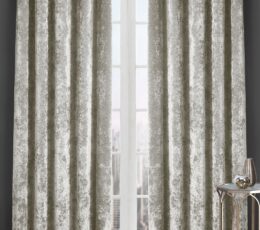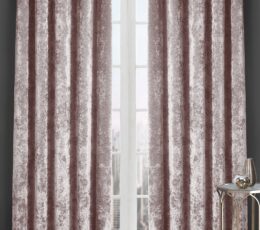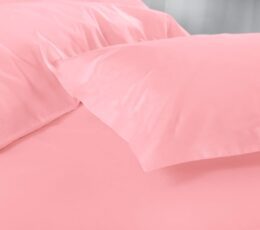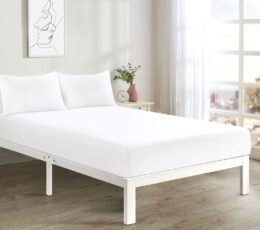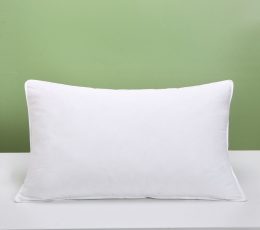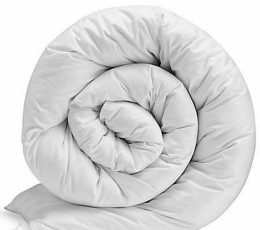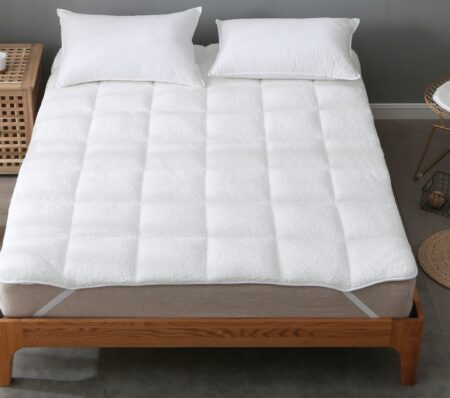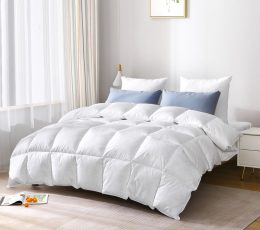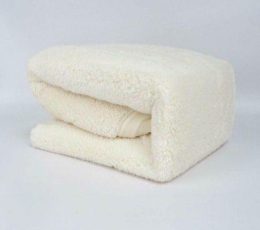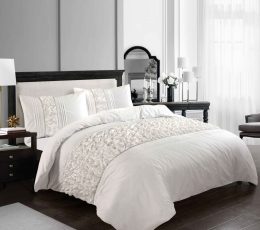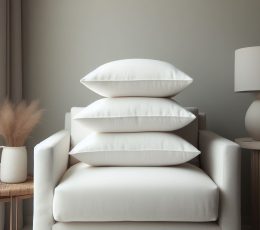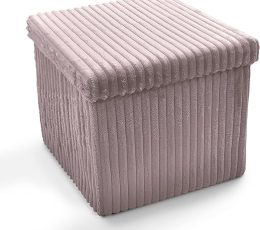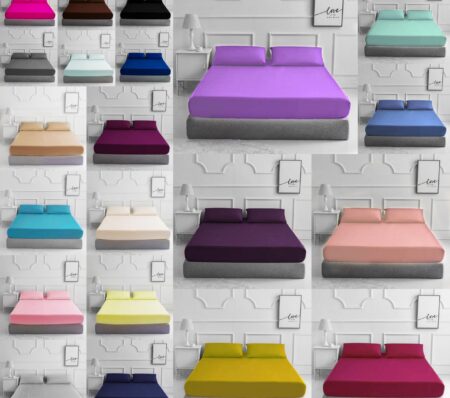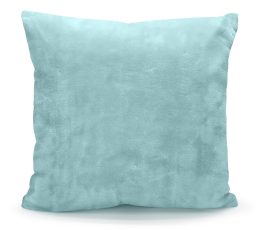The quest for a good night’s sleep often leads us to scrutinize even the seemingly mundane choices, such as the number and type of pillows we use. The debate over whether to use How Many Pillows Should You Sleep With has persisted, with opinions varying widely. Additionally, considerations about hotel collection pillows thickness, neck pain, and the possibility of sleeping without a pillow further complicate the decision-making process. Let’s delve into each aspect to unravel the complexities and find answers that follows us to perfect pillow guide.

Is it Better to Use a Single Pillow or Two Pillows?
For years, the debate over whether to use a single pillow or two pillows has intrigued sleep experts and individuals alike. The answer, however, isn’t straightforward and largely depends on personal preference, sleeping position, and individual anatomy. Always consider to buy the best pillows for your night sleep.
For some, a single pillow provides the right support and elevation for a comfortable night’s sleep. It helps maintain proper head, neck, and spine alignment, especially for those who sleep on their back or stomach. Too many pillows in this scenario can lead to an unnatural neck angle, potentially causing strain and discomfort.
On the other hand, using two pillows can be beneficial for side sleepers or those who prefer a more elevated position. Placing a pillow between the knees can also help align the spine and alleviate pressure points, particularly for individuals with hip or lower back pain. However, using too many pillows can lead to excessive elevation of the head and neck, which may result in stiffness or soreness upon waking.
Ultimately, deciding between a single or two pillows involves personal comfort and alignment. Experimenting with different pillow configurations and paying attention to how your body responds can help determine the optimal setup for a restful night’s sleep. While we use pillow we often think about what pillows do 5 star hotels use that they are that much comfortable, for ease they just follow the steps for person better comfort.

Is a Thin or Thick Pillow Better for Neck Pain?
Neck pain is a common complaint among many individuals, and choosing the right pillow can play a crucial role in alleviating discomfort and promoting proper alignment. Regarding pillow thickness, the answer isn’t one-size-fits-all and largely depends on the underlying cause of the neck pain. Before that make sure which is best for you thick pillow or thin pillow for your night sleep.
A thin pillow may be more suitable for individuals with neck pain caused by poor posture or muscle tension. A thin pillow allows the head to rest neutrally, reducing strain on the neck muscles and joints. It promotes proper spinal alignment, which can help alleviate discomfort and promote restful sleep.
Conversely, those with neck pain stemming from conditions like arthritis or cervical spine issues may benefit from a thicker pillow. A thick pillow provides additional support and cushioning, which can help relieve pressure on sensitive neck and spine areas. It also helps maintain a more comfortable sleeping position, minimizing the risk of exacerbating pain.
Ultimately, the best thickness of pillow for neck pain varies from person to person, and it may require some experimentation to find the ideal option. Consulting with a healthcare professional or physical therapist can provide personalized recommendations based on individual needs and preferences.
Can You Sleep Without a Pillow?
Sleeping without a pillow may seem unconventional to some, but it’s a practice embraced by many cultures worldwide. Sleeping without a pillow, also known as “pillowless sleep,” has both proponents and detractors, citing potential benefits and drawbacks. Some people things that sleeping without pillow makes it less energy and money consuming as they know about how much to pay for decents pillows.
Supporters of pillowless sleep argue that it promotes better spinal alignment and reduces strain on the neck and back. The spine maintains its natural curvature by allowing the head to rest directly on the mattress, which can alleviate pressure points and prevent stiffness.
However, critics of pillowless sleep caution that it may not be suitable for everyone, particularly those with certain medical conditions or sleep preferences. Some people find sleeping without a pillow uncomfortable or difficult, especially if they’re accustomed to using one. Additionally, individuals with acid reflux or respiratory issues may find that elevating the head slightly with a pillow helps alleviate symptoms.

How Often Should You Replace Your Pillows?
Pillows are essential to a good night’s sleep, providing support and comfort to the head and neck. However, pillows can accumulate dust mites, dead skin cells, and other allergens over time, making them less hygienic and less effective at providing adequate support. Therefore, replacing pillows regularly is important to ensure optimal sleep quality and hygiene.
The general recommendation is to replace pillows every 1 to 2 years, although individual circumstances may vary. Factors such as the quality of the pillow, frequency of use, and personal preferences can influence how often a pillow needs to be replaced.
If you notice signs of wear and tear, such as flattened or lumpy filling, persistent odors, or increased allergy symptoms, it may be time to replace your pillow sooner rather than later. Additionally, washing pillows regularly according to the manufacturer’s instructions can help prolong their lifespan and maintain hygiene.
Investing in high-quality pillows made from durable materials can also extend their longevity and provide better support over time. Ultimately, replacing pillows regularly is essential for maintaining a clean and healthy sleep environment and ensuring optimal comfort and support. So , make sure that you how often should you change your pillow to make it better for hygienic night sleep.
Should Babies Sleep with Pillows?
Regarding infant sleep safety, the guidelines are clear: babies should not sleep with pillows, blankets, or other soft bedding items. This recommendation is based on evidence showing that soft bedding increases the risk of sudden infant death syndrome (SIDS) and suffocation in infants.
Babies have limited head control and may be unable to move their heads away from pillows or other soft bedding if they accidentally roll onto them during sleep. This increases the risk of suffocation or positional asphyxia, where the baby’s airway becomes blocked by the bedding, leading to breathing difficulties or even death.
To reduce the risk of SIDS and suffocation, infants should be placed on their backs to sleep in a crib or bassinet with a firm mattress and fitted sheet, free from pillows, blankets, stuffed animals, or other soft objects. It’s also important to ensure that the sleep environment is comfortable and that the baby is not overdressed.
As babies grow and develop better head control, usually around the age of 1 year, parents can gradually introduce a small, firm pillow if desired. However, it’s essential to follow safe sleep guidelines and monitor the baby to ensure the pillow does not pose a risk of suffocation or discomfort. Always follow the steps to choose the best comfort pillow to comfortable night sleep.
FAQs
1. What are the benefits of using a single pillow?
A single pillow can promote proper spinal alignment, especially for back and stomach sleepers. It can provide adequate support for the head and neck without elevating them too much, reducing strain on the neck muscles.
2. What are the advantages of using two pillows?
Two pillows can offer additional elevation and support, which may benefit side sleepers or individuals who prefer a more elevated position.
3. How do I know if I should use a single pillow or two pillows?
Experimentation is key. Try different pillow configurations and pay attention to how your body responds. Consider your preferred sleep position and any existing neck or back issues when determining the best pillow setup.
4. Can using too many pillows cause discomfort?
Yes, using too many pillows can lead to excessive elevation of the head and neck, which may result in stiffness or soreness upon waking. It’s important to balance providing adequate support and maintaining natural spinal alignment.
5. Are specific pillow types better suited for single or double pillow use?
There isn’t a one-size-fits-all answer. The choice between single and double pillows depends on personal preference and comfort.
6. Can using multiple pillows help alleviate snoring or sleep apnea?
Elevating the head slightly with an extra pillow may help reduce snoring or alleviate mild sleep apnea symptoms by keeping the airways open. However, it’s important to consult a healthcare professional for personalized advice and treatment options for sleep disorders.
7. How often should I replace my pillows?
Pillows should typically be replaced every 1 to 2 years to maintain hygiene and support. Signs that it’s time to replace your pillow include flattened or lumpy filling, persistent odors, or increased allergy symptoms.
8. Can using the wrong pillow lead to neck or back pain?
Yes, using an unsupportive or improperly sized pillow can contribute to neck or back pain. It’s important to choose pillows that provide adequate support and promote proper spinal alignment to reduce the risk of discomfort or pain.
9. Can a combination of pillows be used for optimal comfort?
Absolutely! Some people find that using a combination of pillows, one under the head and another between the knees, provides the perfect balance of support and comfort. Don’t be afraid to mix and match pillows to find what works best for you.
10. Should I seek professional advice if I’m unsure about the best pillow setup?
If you have chronic neck or back pain or are unsure about the best pillow configuration for your needs, it’s a good idea to consult a healthcare professional or a sleep specialist. They can provide personalized recommendations and guidance based on your sleep habits and preferences.
In conclusion, deciding to use a single pillow, two pillows, or no pillow depends on various factors, including sleep position, comfort preferences, and underlying health conditions. Experimenting with different options and seeking professional advice can help individuals find the optimal pillow setup for a restful and rejuvenating night’s sleep.



